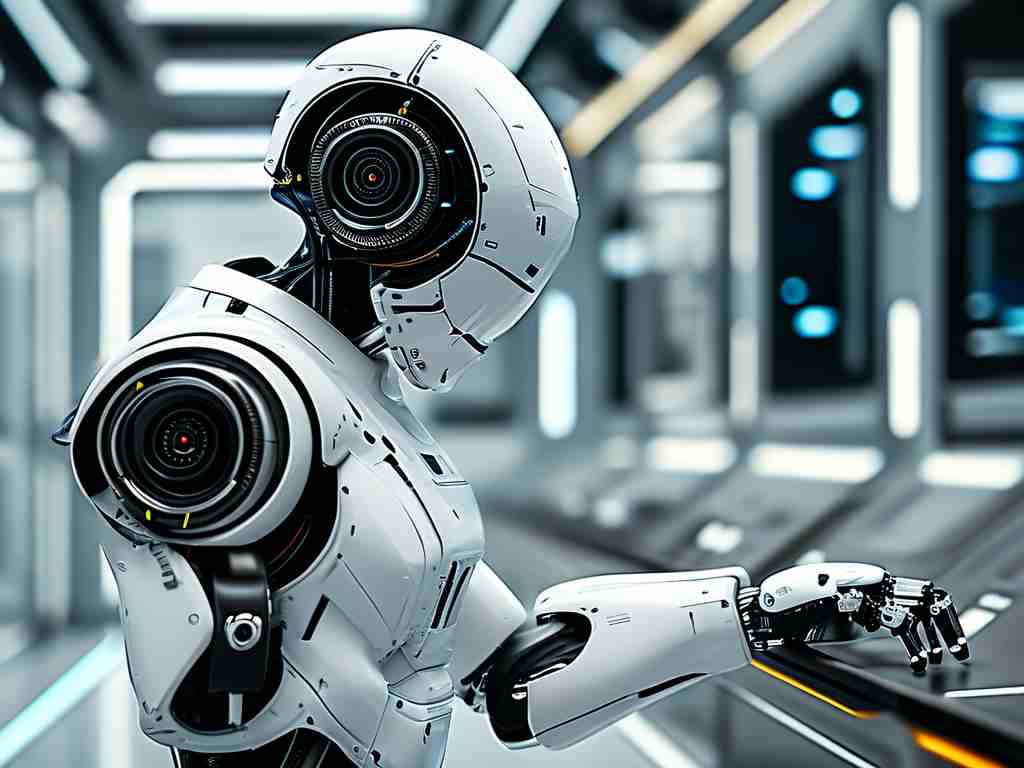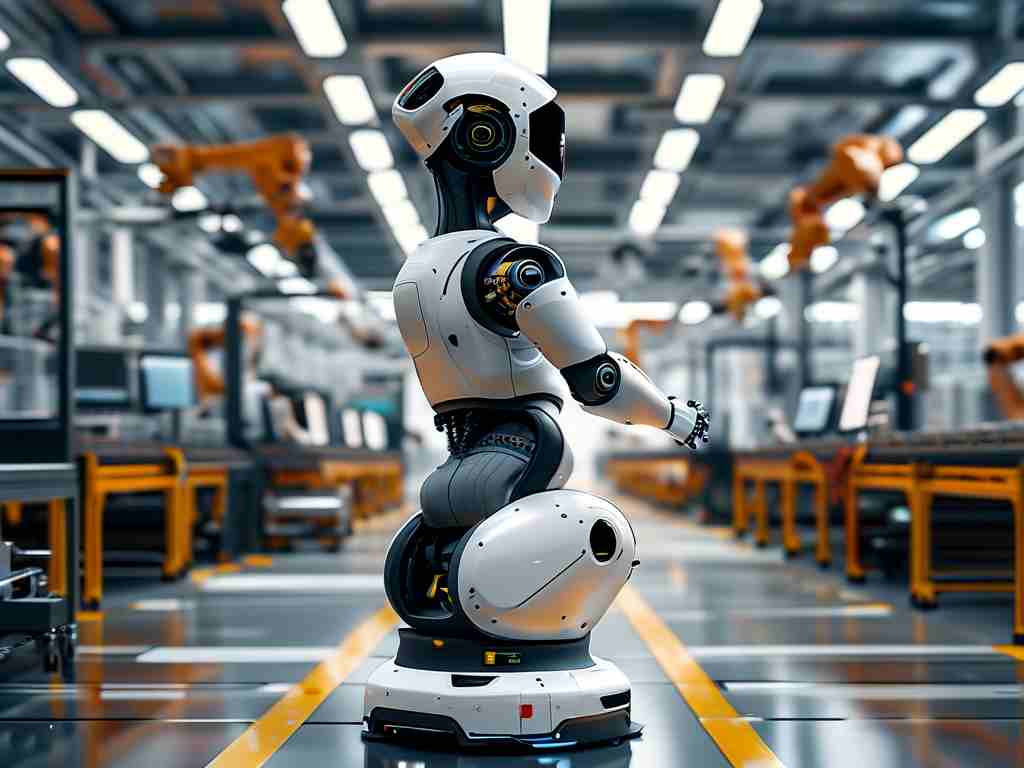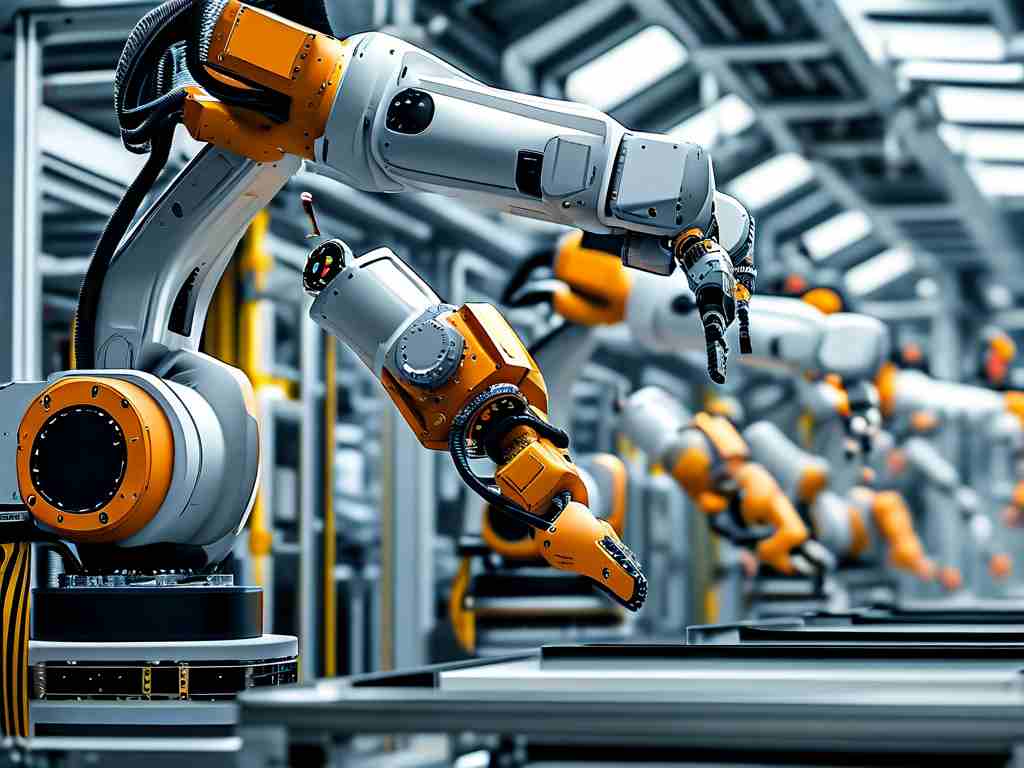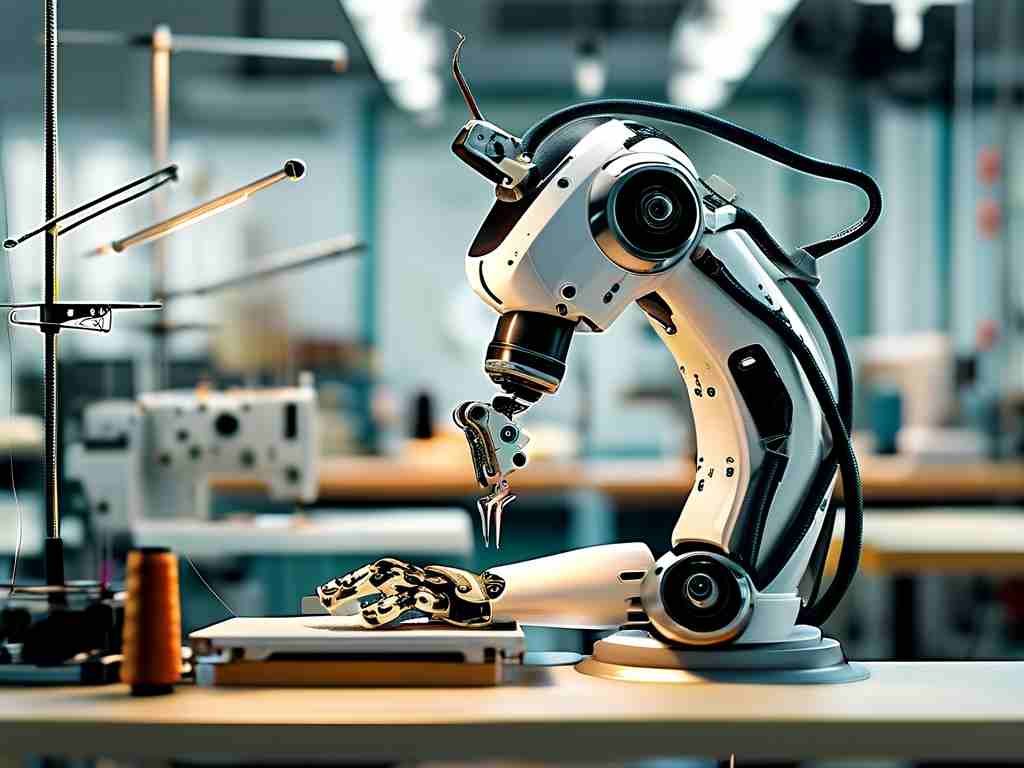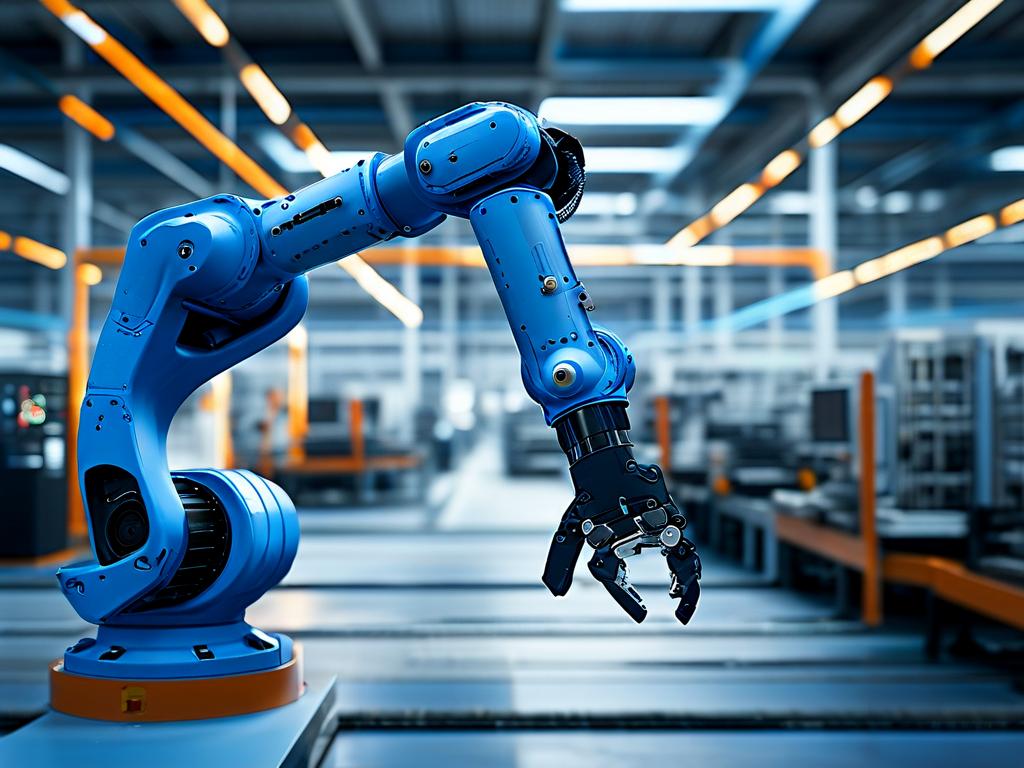The culinary landscape is undergoing a transformative shift as robotic noodle-making technology emerges as a game-changer in food production. This innovation combines precision engineering with culinary artistry, redefining how traditional dishes are prepared while addressing modern challenges in the food service industry.
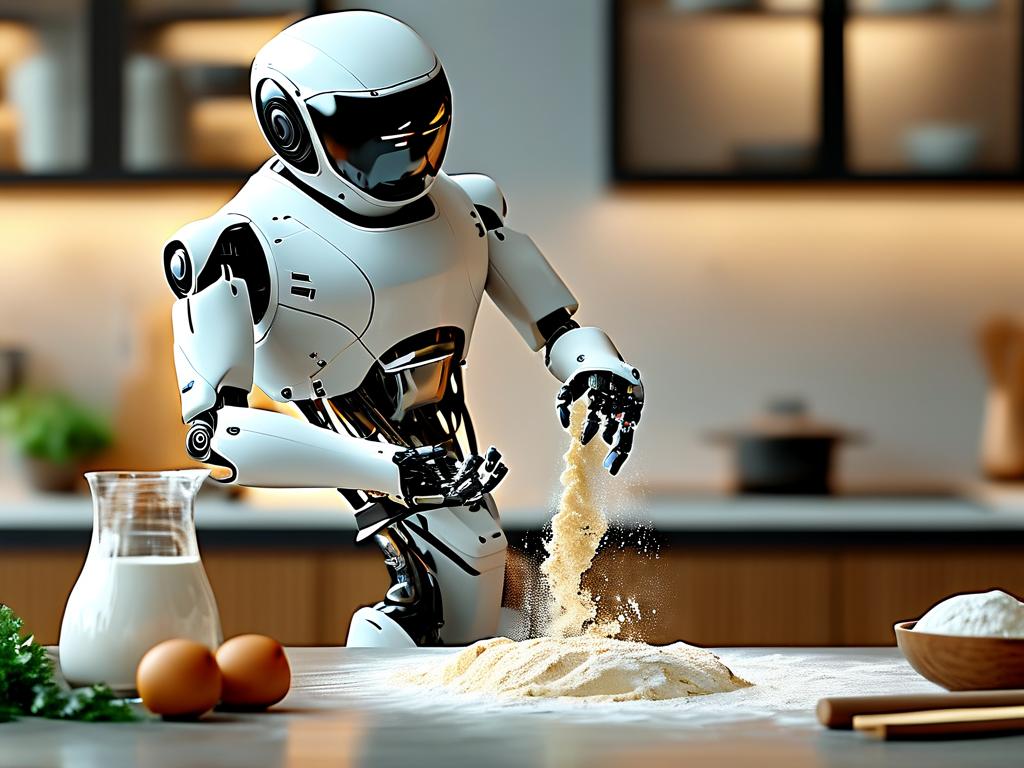
At the core of this technology lies advanced mechatronic systems capable of replicating intricate human movements. Industrial-grade robotic arms equipped with specialized attachments perform tasks ranging from dough kneading to noodle shaping. These machines utilize pressure sensors and computer vision to adjust parameters in real-time, ensuring consistent texture and thickness – a feat difficult to achieve even for experienced chefs.
A notable implementation comes from Japan's Yamato Robotics, whose NoodleMaster 3000 series demonstrates remarkable versatility. The system can produce six noodle varieties, including udon, ramen, and soba, through interchangeable modular components. During testing phases, the robotic system demonstrated 98.7% consistency in noodle diameter compared to 89.2% in manual preparation, according to the International Journal of Food Automation.
The integration of AI algorithms takes this technology further. Machine learning models analyze historical preparation data and customer feedback to optimize cooking times and ingredient ratios. For instance, some systems now adjust dough hydration levels based on real-time humidity readings, a feature particularly valuable in regions with extreme weather conditions.
From a commercial perspective, robotic noodle makers offer compelling advantages. A single unit can operate continuously for 18 hours, producing up to 1,200 noodle portions daily – triple the output of a human chef. This efficiency comes with space optimization; the compact RoboNoodle X2 model (dimensions: 1.8m × 1.2m × 2.1m) occupies 40% less kitchen space than traditional noodle preparation stations.
Food safety receives significant enhancement through automation. Closed-system designs minimize human contact, reducing microbial contamination risks. The stainless steel components feature antimicrobial coatings, while self-cleaning functions utilizing UV-C light and food-grade sanitizers achieve 99.99% sterilization efficiency between production cycles.
Consumer acceptance studies reveal interesting trends. In a 2023 survey conducted across 15 metropolitan areas, 68% of respondents expressed willingness to try robot-made noodles, with younger demographics showing particular enthusiasm. However, 42% of participants over 55 preferred "human-made" labeling, highlighting the importance of marketing strategies in different market segments.
Technical challenges persist, particularly in replicating regional specialties. The delicate hand-pulled lamian noodles from Northwest China presented unique obstacles, requiring developers at Shenzhen CulinaryTech to create a multi-axis pulling mechanism that mimics the complex wrist movements of master chefs. After 18 months of R&D, their solution achieved 91% similarity in noodle texture as verified by blind taste tests.
Environmental impact assessments show promising results. Automated systems reduce food waste by 22-35% through precise ingredient measurement, while energy recovery systems in advanced models capture and reuse 60% of thermal energy during cooking processes. The average water consumption per noodle portion has decreased from 150ml to 98ml in next-gen robotic kitchens.
Looking ahead, industry experts predict three key developments:
- Hybrid human-robot kitchens becoming standard in upscale restaurants by 2028
- Home-use compact noodle robots entering consumer markets within 5 years
- Integration with blockchain for full ingredient traceability
As this technology matures, it raises philosophical questions about food authenticity. While some purists argue that robot-made noodles lack "soul," proponents counter that the consistency and accessibility benefits outweigh nostalgic concerns. What remains undisputed is that robotic noodle technology is reshaping culinary traditions while creating new possibilities for global food culture.



